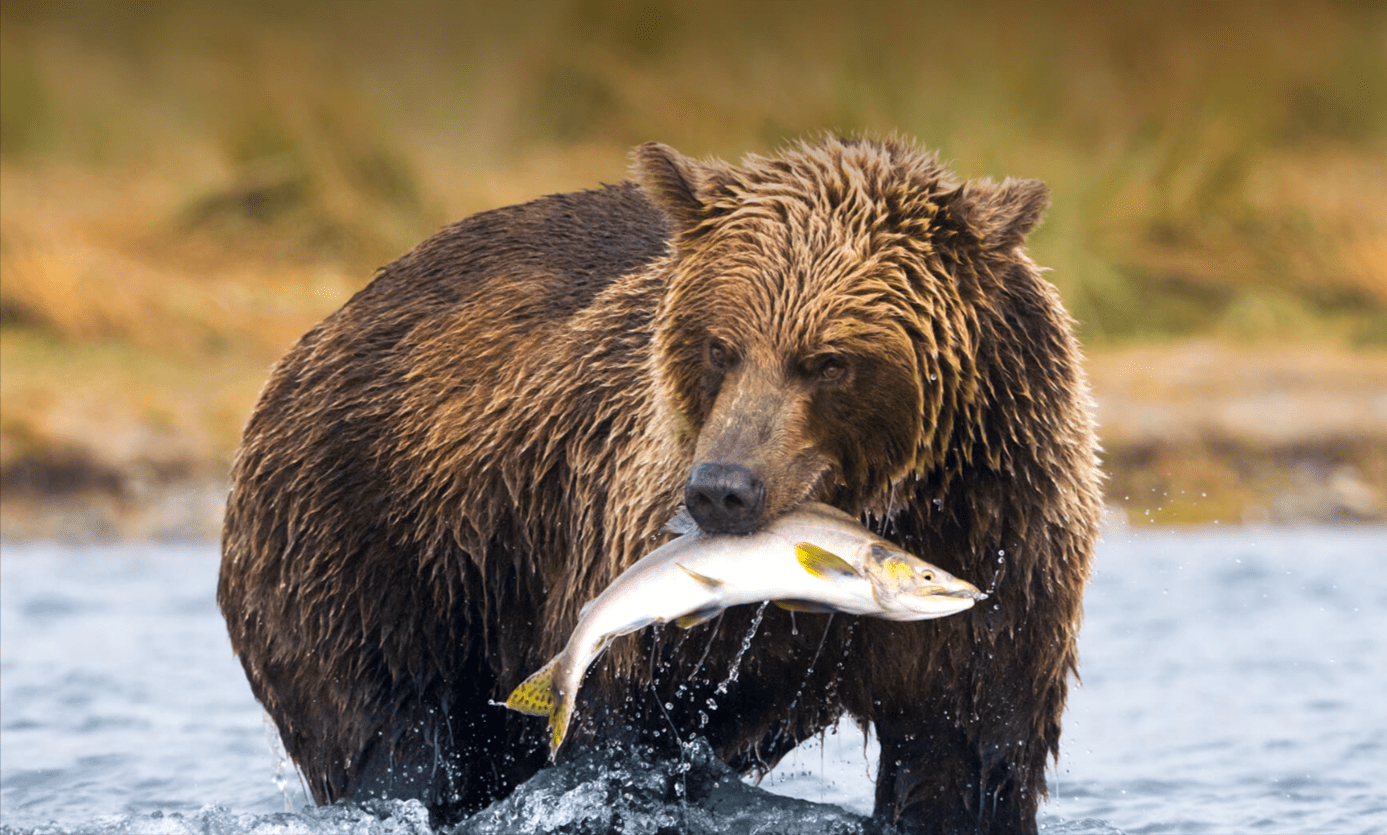Brown bears capture our attention with their massive size and commanding presence. Understanding their weight is important for their protection and coexistence. You might wonder, “How much does a brown bear weigh?” The answer varies. Brown bears can weigh between 300 to over 1,500 pounds. Their weight depends on factors like environment, diet, and time of year. Grizzly bears in North America, for instance, show different weight patterns compared to Eurasian brown bears. In places like Jurassic Creek, these bears roam with a confidence that comes from centuries of adaptation. Their weight is not just a number. It reflects their health and survival. As you learn about brown bears, remember that each bear’s weight is a testament to its life journey. With this knowledge, we can better support these magnificent creatures. Stay informed and share this with others who care about wildlife conservation.
Understanding Brown Bear Varieties
There are several types of brown bears, each with unique characteristics. The most well-known are the grizzly bears found in North America and the Eurasian brown bears in Europe and Asia. Coastal brown bears often weigh more due to abundant food sources like salmon. Inland bears may weigh less because they rely on different food options.
Factors Influencing Weight
Brown bears’ weight fluctuates with the seasons. During spring and summer, they gain weight by eating plants, berries, fish, and small mammals. This helps them prepare for hibernation in winter. In hibernation, they can lose up to 30% of their body weight. Factors like food availability, habitat, and genetics also play a role in their weight.
Weight Comparison Table
| Bear Type | Average Male Weight (lbs) | Average Female Weight (lbs) |
| Grizzly Bear | 600 | 400 |
| Eurasian Brown Bear | 500 | 300 |
| Coastal Brown Bear | 900 | 700 |
The Role of Diet
Bears are opportunistic eaters. Their diet includes plants and animals. In regions with rich salmon streams, bears consume large quantities of fish. This boosts their weight quickly. In other regions, they rely on nuts, berries, and roots, which may lead to lighter body weights.
Human Interaction Impact
Human activities can influence bear populations. Urbanization affects their habitats. Conservation efforts aim to protect these environments.
The Importance of Conservation
Understanding how much a brown bear weighs helps in conservation planning. Protecting their habitats ensures they have access to the resources they need. Supporting organizations committed to wildlife preservation is crucial for their future.
Conclusion
The weight of a brown bear tells us much about its environment and lifestyle. By supporting conservation efforts, we can help maintain the delicate balance of their ecosystems. This ensures that future generations will continue to marvel at these impressive creatures.
